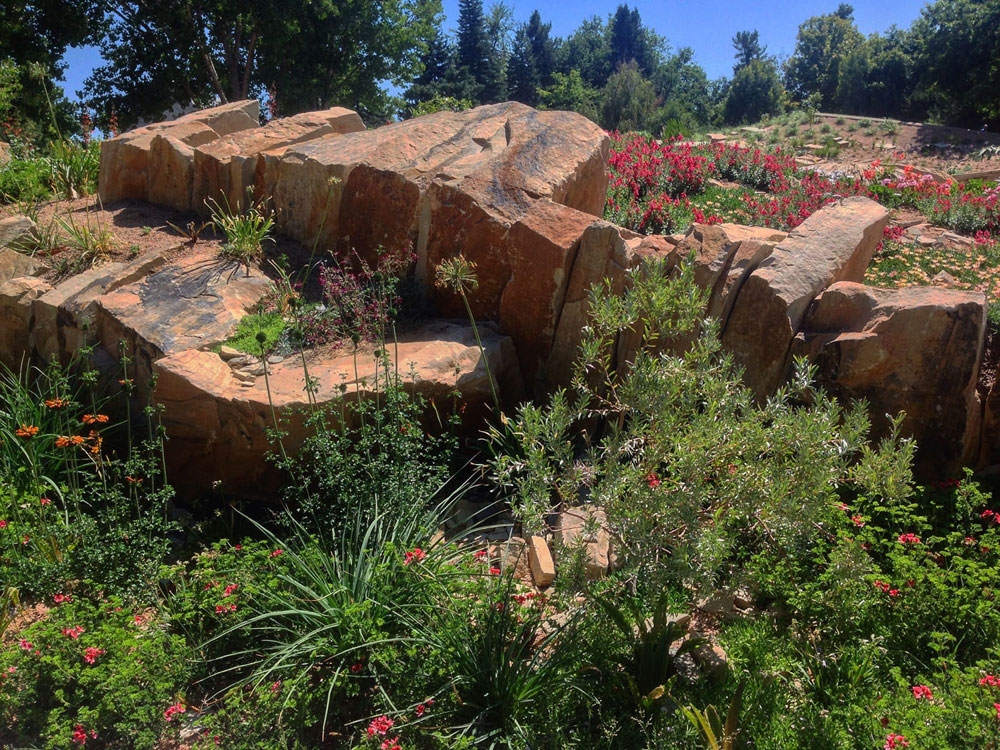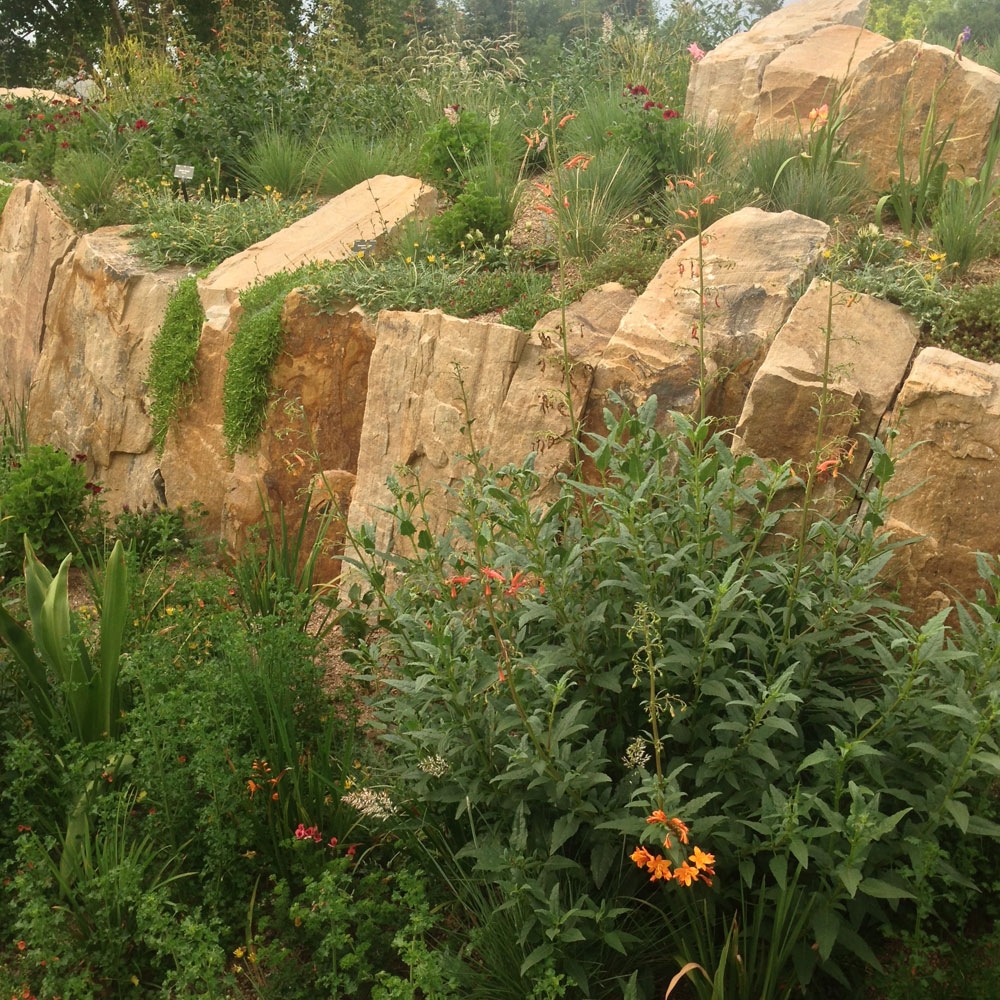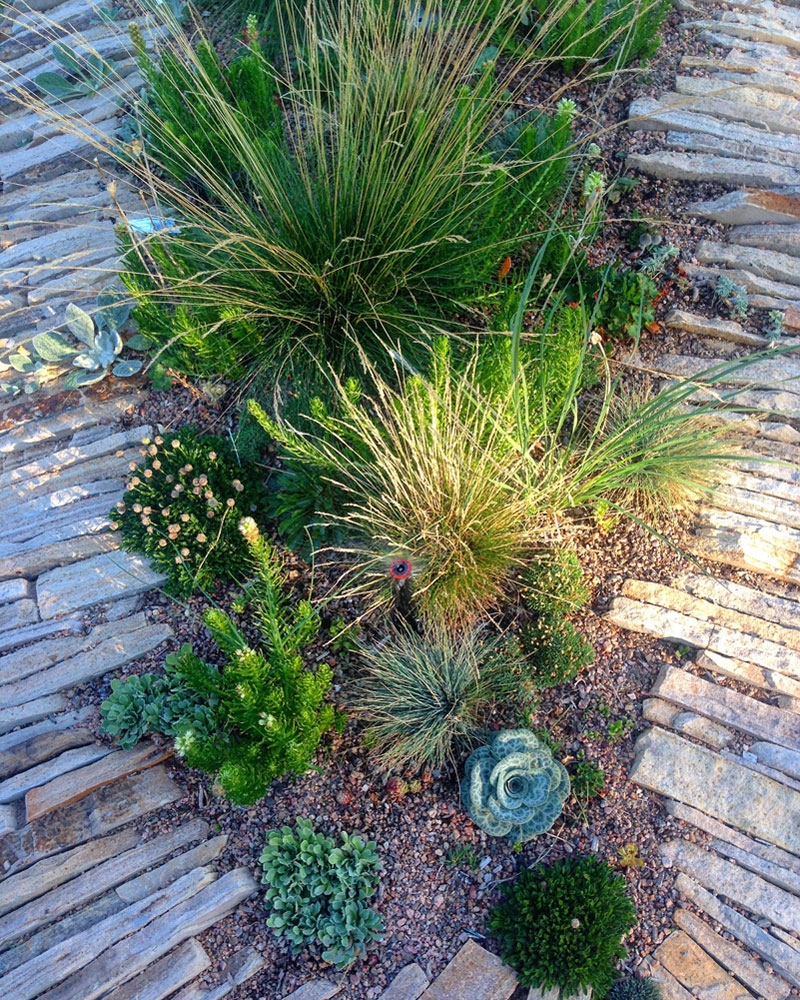The steppe biome, as defined by geographic, geologic and climatic conditions, can be found on every continent except Australia and Antarctica. The major steppe regions of the world exist in central North America, Patagonian South America, Central Asia and interior South Africa. Steppe regions experience the cold winters and extremely hot summers of continental climates, and are considered semi-arid environments, as most steppes are found in the rain shadow of larger mountain ranges. Although they contain incredible floral diversity, steppes are known for their expansive grasslands and shrublands.
Steppes are considered transitional areas, often ranging from forest to desert and alpine to plains. Because of this, steppes encompass many different ecosystems and include novel or isolated populations of plants from other more temperate biomes. Denver Botanic Gardens’ Steppe Collection includes both hardy and non-hardy steppe plants in order to properly represent this great diversity. Annual plants, manmade hybrids and ethnobotanically significant plants that have been introduced to the steppes are all displayed in the Steppe Collection.
The Steppe Collection consists of the following sub-collections:
- Central Asian Steppe: The largest steppe on the planet. The wild forms of many cherished plants, like apples, tulips and iris originated in this expansive steppe.
- South African Steppe: Boasts the highest concentration of succulent and bulb species on Earth. It is so richly adorned with wildflowers that some areas are speculated to be the archetype of cultivated gardens.
- South American Steppe: Shrubs and cushion plants dominate this steppe, primarily located in Patagonian Argentina.
- North American Steppe: Contains two distinct steppe regions. West of the Rocky Mountains lays the Intermountain North American Steppe, east of the Rocky Mountains are the Great Plains.
Steppe Gallery







